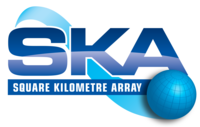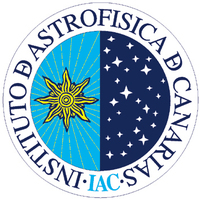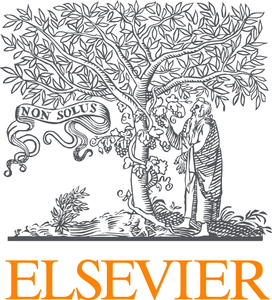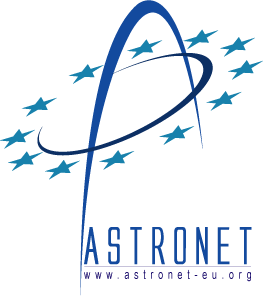Special Session Sp9
24 June 2015
The Physics behind The Radio-IR Correlation
Aims and scope
The tight empirical correlation between infrared (IR) and radio continuum luminosities in star-forming galaxies that was discovered following the IRAS mission has attracted a lot of interest among both theorists and observers. Our understanding of the physics underpinning this correlation is however still largely incomplete and in need of a satisfactory explanation. The radio-IR correlation is linear in log-log scale, extending across more than 4 orders of magnitude in luminosity. The correlation has conventionally been explained by the idea that the IR and radio emission are both being driven by the energy input from massive stars, and thus star formation. However, this connection is complicated by the observation that the IR emission consists of at least two components; one heated directly by massive stars and one heated by the diffuse interstellar radiation field which includes emission from the old stellar population. Similarly, the connection between nonthermal radio emission and massive stars is complicated by the advection and diffusion of cosmic ray electrons from their place of birth (supernova remnants) and by the magnetic fields that regulate the synchrotron emission in the interstellar medium.
Theoretical studies suggest that several factors could conspire to keep the correlation linear. This conspiracy is particularly indicated in the low-mass, low metallicity galaxies, which are expected to be radio dim for the same level of star formation as in larger galaxies, but again they follow the empirical radio-IR relation. Our lack of understanding of the underlying physics of the radio-IR correlation becomes obvious at high redshift where theoretical models predict a deficit of radio emission leading to clear deviations from the local radio-IR correlation. However, no compelling evidence of such a deviation has been observed out to z~3. Resolved studies should help in understanding the physics of the radio-IR correlation and provide a test bed for existing models. Is the correlation indeed a gift from Nature, allowing us to study star formation throughout the universe by exploiting the high angular resolution and sensitivity of modern radio interferometers and IR detectors?
Thanks to satellites operating in the mid- and far-IR such as Spitzer and Herschel, along with modern submm/radio telescopes such as ALMA, the VLA, WSRT and others, several studies have been performed in recent years focusing on both the integrated and spatially-resolved radio-IR correlation, vastly increasing our understanding of this crucial relation. Recognizing the importance of this relation in the upcoming era of large scale, deep surveys with SKA precursors, and eventually the SKA itself, we will hold a special session on 'The Physics behind the Radio-IR Correlation'.
Programme
- The radio-IR correlation as a function of spatial scale in nearby galaxies
- The role of galaxy clusters, group environments and mergers on the radio-IR correlation
- The radio-IR correlation in SMGs and at high-z
- Theoretical aspects and future observational perspectives
Invited speakers
- Nicholas Seymour (Curtin University, Australia)
- Fatemeh Tabatabaei (Instituto de Astrofísica de Canarias, Spain)
- Volker Heesen (University of Southampton, UK)
- Aritra Basu(Max-Planck-Institut für Radioastronomie, Germany)
- Almudena Prieto (Instituto de Astrofísica de Canarias, Spain)
Scientific organisers
Elias Brinks, Rob Beswick, Uli Klein, Eric Murphy, Rosita Paladino, Eva Schinnerer, Fatemeh Tabatabaei
Contact
paladino @ ira.inaf.it,
taba @ mpia.de,
e.brinks @ herts.ac.u,
Updated on Fri Jun 19 20:26:39 CEST 2015
|
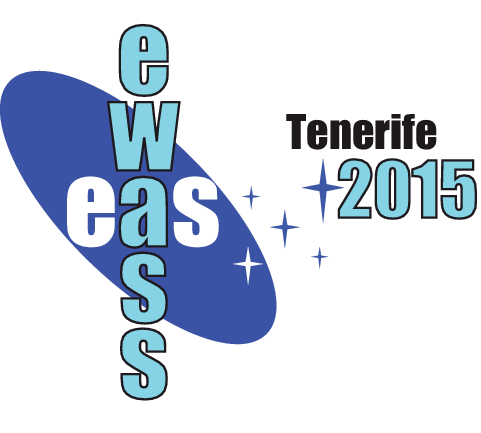
 A power cut will shut down all EAS services on Tuesday, 10 January 2017 starting at 7:30 CET.
A power cut will shut down all EAS services on Tuesday, 10 January 2017 starting at 7:30 CET.


